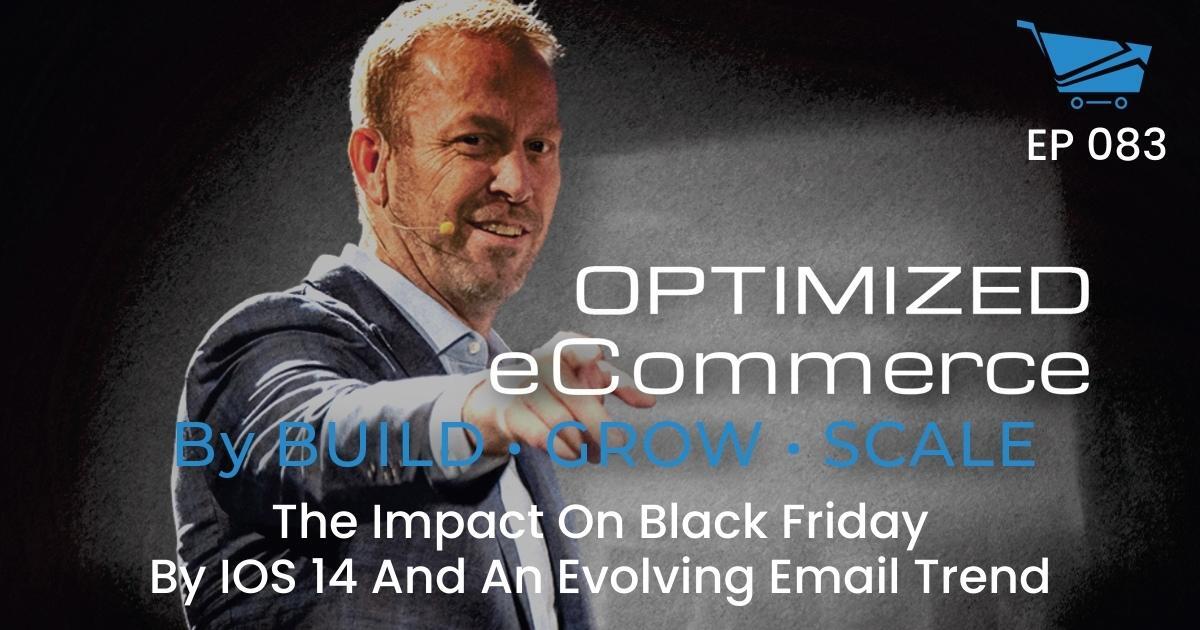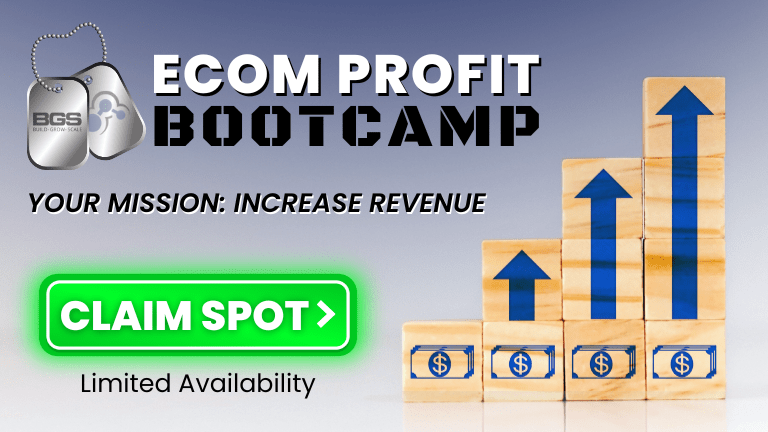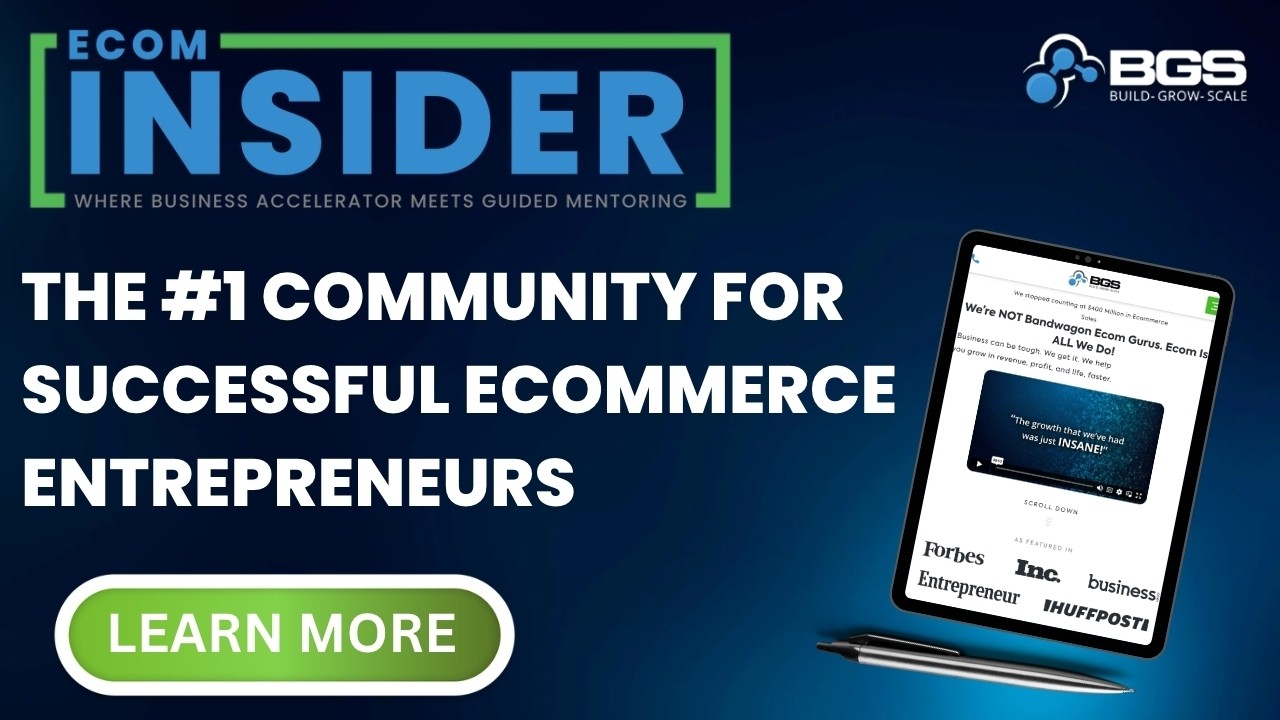Optimized Ecommerce EP 083 – The Impact on Black Friday 2021 by iOS 14 and an Evolving Email Trend

Welcome to Episode 083 of Optimized Ecommerce – The Impact on Black Friday 2021 by iOS 14 and an Evolving Email Trend.
I’m your host, Tanner Lasson, CEO of BGS. It means Build Grow Scale — a community where eCommerce entrepreneurs and physical product sellers come together and learn how to take their businesses to the next level.
Today, Jeremy Friedland, one of our long-term Revenue Optimization Experts at BGS, joins me to review this year’s Black Friday and Cyber Monday season!
How to Navigate Your Ecom Business Through an Ever-Changing World of Technology [00:01:11]
This year (2021), the Black Friday and Cyber Monday season has been affected by the release of iOS 14 and its post-advertising and emailing environment. We talk about these changes and its effects across the board!
How is Ecommerce different this year? What do store owners need to be aware of now that the landscape has changed again?
Jeremy posted a poll on the Ecom Insiders, asking how they were faring during Black Friday 2021. Was it better this year or worse than expected?
He asked people, “What are some of the hiccups that you experienced? And what was the landscape out there for your Black Friday?”
Store owners across industries responded to Jeremy’s poll with a lot of mixed reviews. Jeremy shared some of his techniques to navigate through these changes.
Search Engine Marketing and SEO — Bringing You the Biggest Wins for Your Ecom Store
(00:15:23)
Jeremy and I talked more about strategies and the next one we covered was something that only a few people wanted to do — Search Engine Marketing and SEO. Both Jeremy and I used to do SEO for local clients so we know how much people hate it but the reality is that SEO can give Ecom store owners their biggest win!
Sure, it might take 120 days for the results to kick in but it would not cost that much to do if you compare that cost with your ad spend. For example, if you get an agency to do it for $2,000 a month — especially if you have a lower competition niche. Then over the course of four months, you can start ranking for some pretty good keywords and continue on with that.
The more organic traffic you can get has huge benefits and you get organic traffic in sales. These sales are coming without your spending additional money. And that’s not only beneficial to your bottom line.
A few owners really love their store — intending to keep their business forever. And that path is fine if the business really means a lot to them. But the best path in our opinion is to keep the end in mind. A business owner should be thinking about selling their store and the best way to get a higher valuation for your store is if you’re getting far more organic traffic than sales from paid traffic.
We spend the next minutes talking about some of our clients’ biggest wins through great SEO strategies.
We also discussed a few other fun topics, including:
- Organic reach and growth through Facebook Groups. [00:20:40]
- Next, we covered the value of establishing continuity in business. [00:24:41]
- Then, we did a quick observation on store owners who relied solely on Facebook Ads, Instagram Ads, or advertising in general. [00:28:00]
- And lastly, we cover some solid strategies on how to survive the upcoming tough times in the ecommerce world. [00:32:23]
All that and more… But you’ll have to watch or listen to the episode to hear about those!
How To Stay Connected With Jeremy Friedland
Want to stay connected with Jeremy? Please check out their social profiles below.
- Facebook Profile: Facebook.com/jeremy.friedland.9889
- Instagram Handle: Instagram.com/jeremy_friedland
Resources
Also, Jeremy mentioned the following items on the show. You can find that on:




